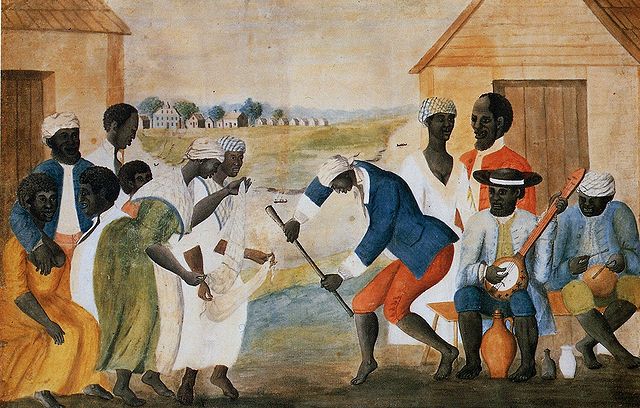A High and Angry Susan Sontag, the Pleasure of Reviews, and the Problem with the 1619 Project

The English translation of Arthur Koestler’s Darkness at Noon narrowly survived the Second World War. French translations of the novel helped to undermine Communism in France, and it is regarded as “the pioneer publication denouncing Stalinist strategies.” For over 60 years, however, the original German version was thought lost, but it was discovered in 2016 by a German doctoral student. That version has now been translated into English again. Atish Taseer reviews: “I first read the Hardy translation at Amherst, where it was prescribed reading. I remember it as prescient but stilted—‘awfully wooden,’ to quote Scammell. Years later, when I discovered Koestler in English—he is one of those writers, like Conrad and Nabokov, who flowered in their adoptive language—I was staggered by the quality of his prose. Books such as The Lotus and the Robot (1960), Koestler’s marvelous comparison of tradition in India and modernity in Japan, seemed to have been written by a writer infinitely more gifted than the author of Darkness at Noon. Now we know why. There is nothing stilted about the new Darkness at Noon, deftly translated by Philip Boehm. It is a seamless, chilling book about the demands ideology makes on truth.”
Susan Sontag took herself “very seriously,” Philip Hensher writes in his review of Benjamin Moser’s Sontag: Her Life. “The surprising thing is that she persuaded her world to take her at her own estimation.”
August Kleinzahler discusses the letters and minds of Guy Davenport and Hugh Kenner in the latest issue of The London Review of Books: “I was already in touch with Davenport when I visited Basil Bunting at his house near Newcastle in 1978. Bunting knew Kenner and admired his writings on poetry: he was one of only two critics Bunting thought any use, the other being Kenneth Cox. Bunting thought I should be in touch with Kenner. ‘But bear in mind, August, he’s an antisemite and quite deaf, but not so deaf now with his second wife as he was with his first.’ I never got any response from Kenner when I sent him this book or that over the years. Davenport and I corresponded infrequently for 25 years. His letters were always memorable, encouraging, full of observations and enthusiasms, and sometimes included small drawings of tiny, almost hieroglyphic figures. I honestly believe I might well not have had the courage to persist during those lean early years were it not for his letters.”
John Wilson talks about what makes for a good review, the problem with “gush,” and more at Forma Review: “When there’s so much hyperbolic praise floating around, how do you single out a genuinely exceptional book in a way that will hold the attention of good readers weary of the relentless oversell?”
The longlist for National Book Award for Poetry has been announced. Among the nominees is one of Elizabeth Warren’s strategists.
Artnet News reports that an Italian artist “been arrested under suspicion of painting a fake El Greco connected to the Old Master forgery ring.” Also, a man who stole over 7,000 books from local universities in Edinburgh has been arrested.
Essay of the Day:
In New York, Andrew Sullivan puts his finger on the incoherence of The New York Times’s 1619 Project:
“In a NYT town hall recently leaked to the press, a reporter asked the executive editor, Dean Baquet, why the Times doesn’t integrate the message of the 1619 Project into every single subject the paper covers: ‘I’m wondering to what extent you think that the fact of racism and white supremacy being sort of the foundation of this country should play into our reporting … I just feel like racism is in everything. It should be considered in our science reporting, in our culture reporting, in our national reporting. And so, to me, it’s less about the individual instances of racism, and sort of how we’re thinking about racism and white supremacy as the foundation of all of the systems in the country.’
“It’s a good point, isn’t it? If you don’t believe in a liberal view of the world, if you hold the doctrines of critical race theory, and believe that ‘all of the systems in the country’ whatever they may be, are defined by a belief in the sub-humanity of black Americans, why isn’t every issue covered that way? Baquet had no answer to this contradiction, except to say that the 1619 Project was a good start: ‘One reason we all signed off on the 1619 Project and made it so ambitious and expansive was to teach our readers to think a little bit more like that.’ In other words, the objective was to get liberal readers to think a little bit more like neo-Marxists.
“The New York Times, by its executive editor’s own admission, is increasingly engaged in a project of reporting everything through the prism of white supremacy and critical race theory, in order to ‘teach’ its readers to think in these crudely reductionist and racial terms. That’s why this issue wasn’t called, say, ‘special issue’, but a ‘project’. It’s as much activism as journalism. And that’s the reason I’m dwelling on this a few weeks later. I’m constantly told that critical race theory is secluded on college campuses, and has no impact outside of them … and yet the newspaper of record, in a dizzyingly short space of time, is now captive to it. Its magazine covers the legacy of slavery not with a variety of scholars, or a diversity of views, but with critical race theory, espoused almost exclusively by black writers, as its sole interpretative mechanism.”
Photo: Zoebigker Harbor
Poem: Ange Mlinko, “Watteau”
Receive Prufrock in your inbox every weekday morning. Subscribe here.
Comments